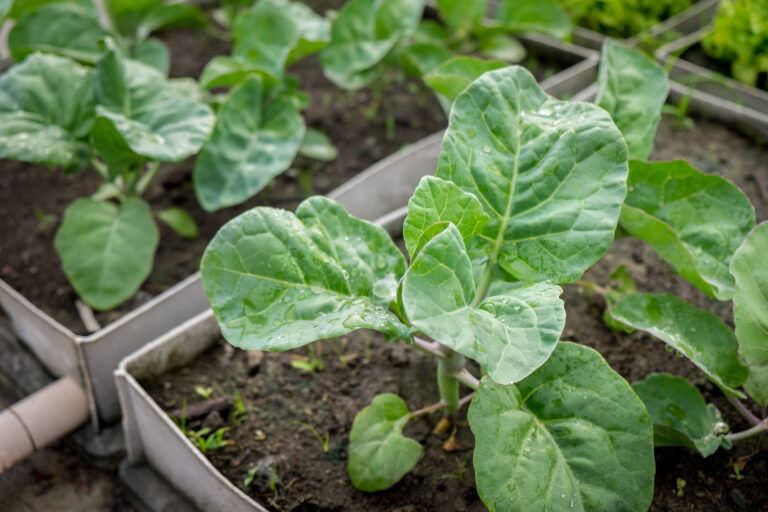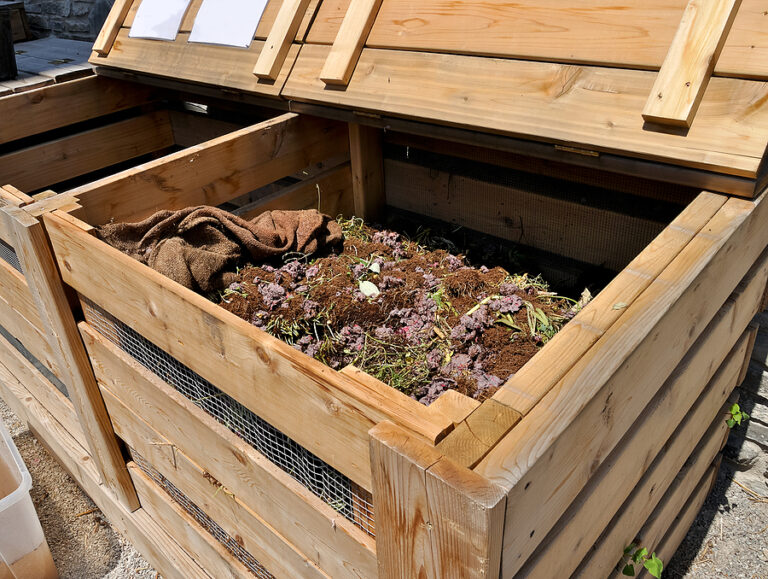The Role of Air and Water in Soil Health
Healthy soil is alive, dynamic, and full of tiny organisms working together to support plant growth. Among the most critical elements that influence soil vitality are air and water. Both are essential for roots, microbes, and nutrient cycling, yet their balance is often overlooked by gardeners. Understanding how air and water interact in soil can dramatically improve your vegetable garden’s productivity and resilience.
Drawing from over 30 years of hands-on experience gardening in California’s Central Valley and Sonoma Valley, I’ve seen firsthand how proper air and water management transforms soil from dense and lifeless to crumbly, fertile, and teeming with life.
Why Air Matters in Soil
Air is critical for root and microbial health. Oxygen penetrates soil pores, allowing roots to respire and microbes to thrive. Without adequate oxygen, roots can suffocate, and beneficial organisms may die, creating a stagnant environment prone to disease.
- Pore Space: Air occupies the small gaps between soil aggregates. Well-structured soil ensures these pores are abundant.
- Root Growth: Roots grow best in oxygen-rich soil, which encourages strong, deep, and resilient plants.
- Microbial Activity: Beneficial bacteria and fungi rely on oxygen to process nutrients and form aggregates that improve soil structure.
Why Water Matters in Soil
Water is the lifeblood of the garden, transporting nutrients to roots and sustaining microbial life. However, balance is key: too little water stresses plants, while too much drowns roots and depletes oxygen.
- Moisture Retention: Soil must hold enough water for plants between watering cycles without becoming waterlogged.
- Nutrient Transport: Water dissolves nutrients in the soil, making them available for plant uptake.
- Microbial Support: Soil microbes need water to move, metabolize, and interact, driving natural fertility processes.
Balancing Air and Water
The relationship between air and water is delicate. Soil that is compacted or clay-heavy may hold water but suffocate roots and microbes. Sandy soil may drain well but lose water too quickly, leaving plants stressed.
How to Improve Balance in Your Garden
- Add Organic Matter: Compost and leaf mold increase water retention in sandy soils and improve drainage in clay soils.
- Mulch: Protects soil from rapid evaporation and reduces surface compaction.
- Avoid Over-Tilling: Tillage can destroy pores that hold air and water.
- Plant Cover Crops: Roots maintain channels for air and water while feeding soil life.
- Use Proper Irrigation: Deep, infrequent watering encourages roots to grow down and reduces surface compaction.
My Experience
In my Sonoma Valley vegetable beds, I noticed early on that compacted clay areas suffered from stunted growth and root rot. By adding compost, using mulch, and planting deep-rooted cover crops, I increased pore space and improved drainage. Within a season, carrots, beets, and tomatoes grew stronger, showing that air and water balance directly influences plant health.
The soil became easier to work, retained moisture during dry spells, and supported a thriving microbial community—proving that managing air and water is central to regenerative gardening success.
Conclusion
Air and water are not just resources—they are essential life forces in your soil. By understanding and managing their balance, you can create fertile, resilient soil that supports vibrant roots, productive vegetables, and a thriving underground ecosystem. Healthy air and water flow leads to healthy soil, which leads to healthy plants—and a truly regenerative garden.


